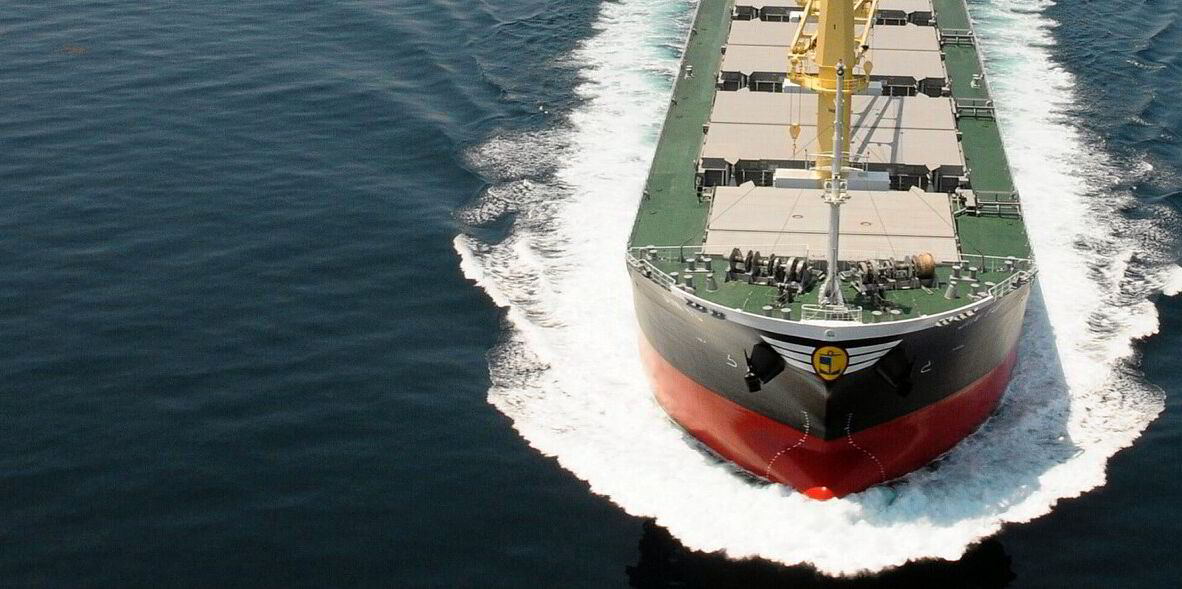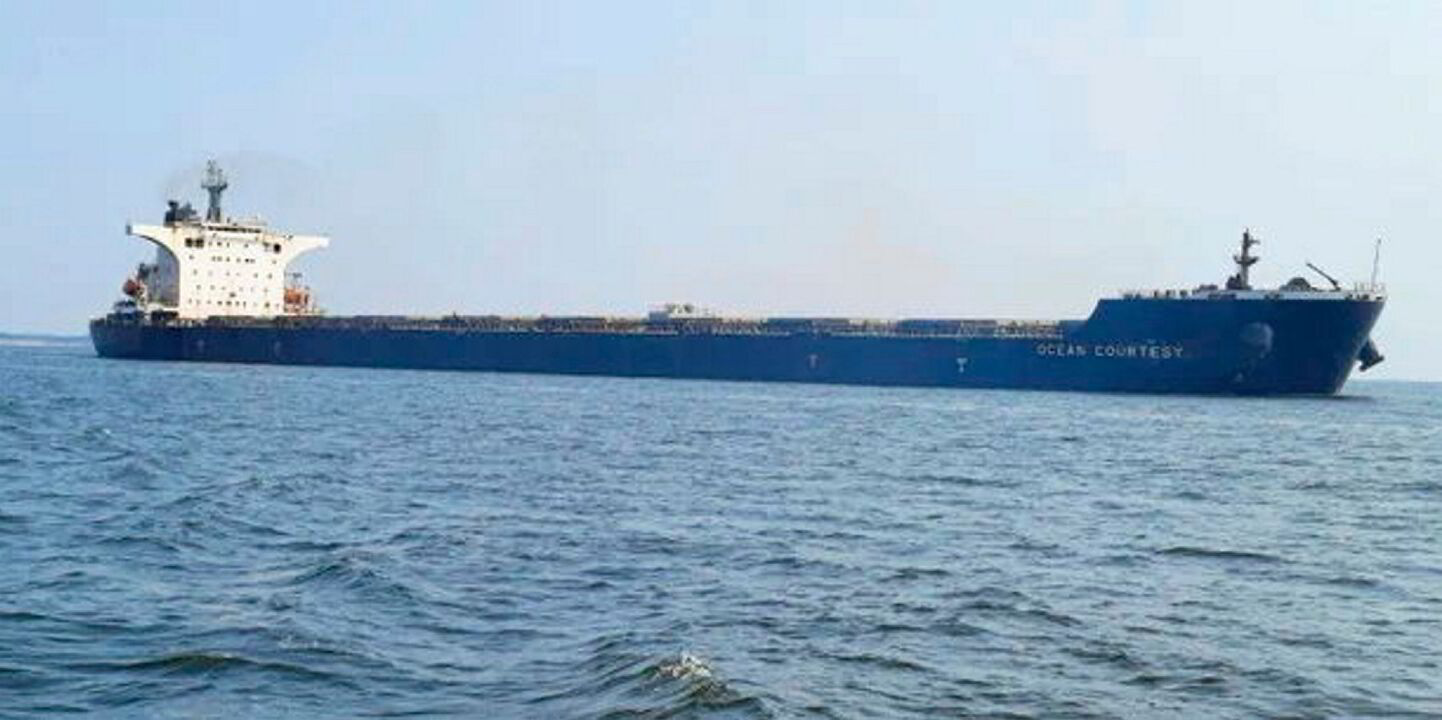Jinhui Shipping & Transportation has ridden the upsurge in dry cargo rates in the second quarter to return to profit.
The Oslo and Hong Kong-listed shipowner booked net income of $8.8m, turning around a loss of $6.5m a year earlier.
Revenue surged 81% to $41.2m as the average daily time charter equivalent rates earned by its fleet increased 52% year on year to $15,407.
“The dry bulk market showed counter-seasonal strength at the beginning of year supported by the increase in demand of dry bulk commodities, limited shipyard capacity and longer sailing distances from emissions reduction policies on environmental regulations,” Jinhui said.
“The market freight rates regained strength and rebound despite the simultaneous occurrence of multiple geopolitical issues that affected the business sentiment.
“[The Baltic Dry Index] opened at 2,094 points at the beginning of year, then rose gradually to the peak of the period at 2,419 points in March and closed at 2,050 points by the end of June 2024.”
The strong performance helped the company post an interim net profit of $11.2m against a loss of $19.3m for the first half last year.
Revenue for the first half increased 86% to $69.1m as the average daily TCE rate for the fleet improved 66% to $13,939.
Jinhui said that so far in 2024, it has been seeing steady demand in dry seaborne trade, and it expects the freight market to “remain robust for the rest of the year given the positive tonne-mile effect due to trade route disruptions, and a favourable supply demand in tonnage”.
However, transportation of commodities continues to be affected by “complex variables” ranging from industry-specific to economic and geopolitically driven factors.
Jinhui said supply and demand remains in good balance, with newbuilding supply at moderate levels.
“Ordering a new vessel has become increasingly expensive where berth spaces are limited and delivery time increasingly long, this has translated to very strong values for secondhand vessels,” it added.
“We see some disconnection between freight rates and vessel values at this juncture.”
Jinhui was active in the sale-and-purchase market during the first half, agreeing to acquire one capesize bulker and one panamax in deals worth more than $60m.
It also ordered two 63,500-dwt bulkers in China for $34m each with deliveries set for 2026 and 2027.
After the end of the second quarter, the company acquired another capesize, built in 2008, for $24m. It is due to be delivered in the fourth quarter.





